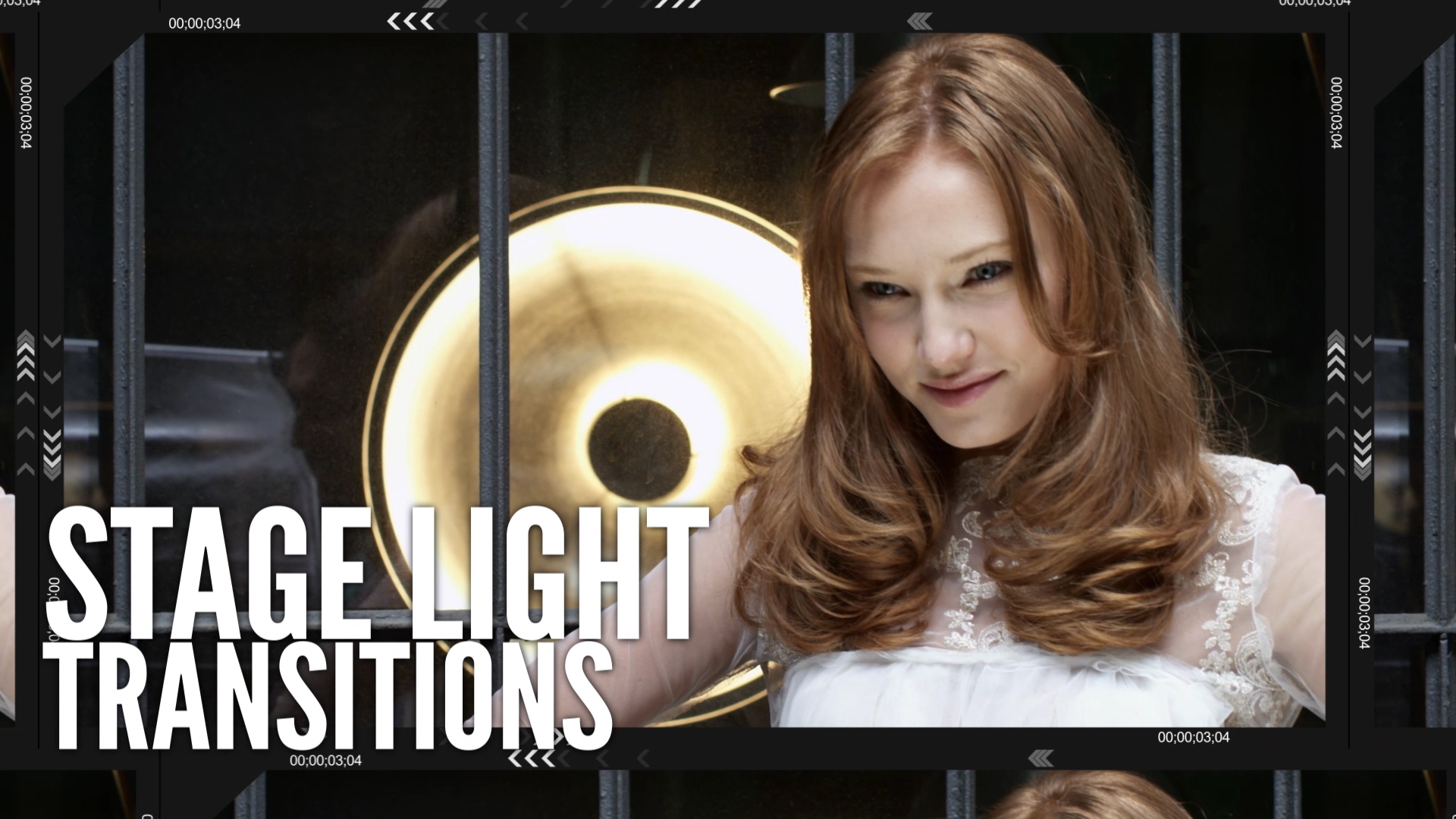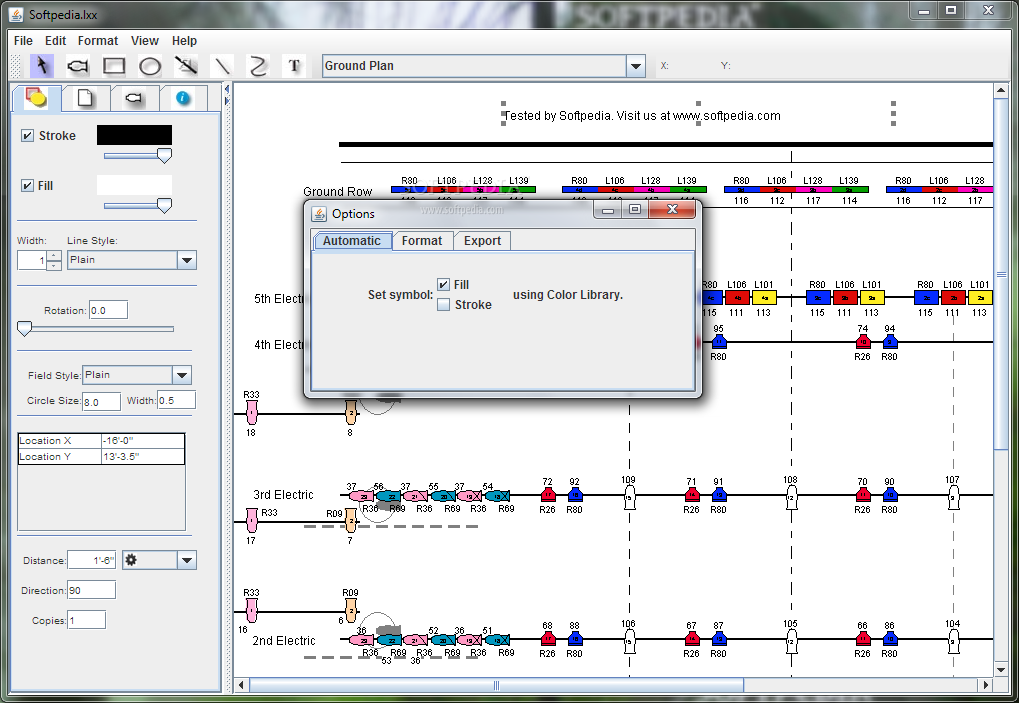
- #LXFREE FOR JAVA HOW TO#
- #LXFREE FOR JAVA FOR MAC#
- #LXFREE FOR JAVA MAC OS#
- #LXFREE FOR JAVA INSTALL#
#LXFREE FOR JAVA MAC OS#
Are you preparing a Time Machine backup disk or bootable installer?Ĭhoose Mac OS Extended (Journaled) for any disk that you plan to use as a Time Machine backup disk or as a bootable installer. During installation, the macOS installer decides whether to automatically convert to APFS-without erasing your files. If you need to erase your disk before installing High Sierra or later for the first time on that disk, choose Mac OS Extended (Journaled). #LXFREE FOR JAVA INSTALL#
Are you about to install macOS High Sierra or later for the first time on the disk?. If the built-in disk came APFS-formatted, Disk Utility suggests APFS. Are you formatting the disk that came built into your Mac?. #LXFREE FOR JAVA FOR MAC#
If you want to change the format, answer these questions: Lxfree For Mac If it can't, it chooses Mac OS Extended, which works with all versions of macOS.
If you want your Mac to be able to start up from the volume you erased, reinstall macOS on that volume.ĭisk Utility tries to detect the type of storage and show the appropriate format in the Format menu. You might be asked to enter your Apple ID. Otherwise, click Erase to erase just the selected volume. In that case, you should erase the volume group. If you see an Erase Volume Group button, the volume you selected is part of a volume group. Name: Type the name that you want the volume to have after you erase it. The volume your Mac started up from is named Macintosh HD, unless you changed its name. In the sidebar of Disk Utility, select the volume that you want to erase. If you're not erasing the volume your Mac started up from, you don't need to start up from macOS Recovery: just open Disk Utility from the Utilities folder of your Applications folder. If you want your Mac to be able to start up from the disk you erased, reinstall macOS on the disk. Click Erase to begin erasing your disk and every container and volume within it. 
Disk Utility shows a compatible format by default.
Format: Choose APFS or Mac OS Extended (Journaled). Name: Type the name that you want the disk to have after you erase it. Click Erase, then complete these items:. Select the disk that you want to erase. In this example, Apple SSD is the startup disk: The disk your Mac started up from is at the top of the list. The sidebar now shows your disks (devices) and any containers and volumes within them. Choose View > Show All Devices from the menu bar in Disk Utility. If you're not erasing the disk your Mac started up from, you don't need to start up from macOS Recovery: just open Disk Utility from the Utilities folder of your Applications folder. Then select Disk Utility from the Utilities window and click Continue. Before continuing, make sure that you have a backup of any files that you want to keep. LXWorkshop filesĬontains auxiliary example files used by the LXBeams tutorial.Erasing a disk or volume permanently deletes all of its files. These plots can be used as starting places if the tutorial is approached out of sequence. LXWorkshop plotsĬontains plot files that follow along at various points in the LXBeams tutorial. These slides contain step-by-step instructions for learning the features of LXBeams. LXWorkshop PDFsĬontains the presentation slides for the LXBeams tutorial. The files in this folder can be used as a starting point for creating renderings of lighting with LXBeams and LXFree for Java. This is a summary of the contents of each of the folders: LightLab The workshop folders contain Keynotes and example files from LXSeries Workshop presentations that are arranged as a follow-along tutorial. The Light Lab folder provides pre-built files that students can use to explore creating lighting looks. There are also files designed to be used to explore lighting concepts using the LXSeries applications. There are files from LXSeries workshops that teach the basics of the software. 
#LXFREE FOR JAVA HOW TO#
This project contains materials for learning how to use LXSeries software.






 0 kommentar(er)
0 kommentar(er)
